Schall von Bell, a German Jesuit, came to Macao in the year of 1619, along with other Jesuits Nicolas Trigault, Johann Schreck and Giacomo Rho on board. He went to Beijing and acquired knowledge of Chinese language, and then Schall and Giacomo Rho were both summoned to the then Bureau of Chinese Calendar by Xu Guang Qi's recommendation.
This map is the first star map of the early topography techniques after the period of western knowledge communicating to the east in Chinese Ming Dynasty. With the decree from Emperor Chongzhen in the late Ming Dynasty, Xu Guang Qi as the then Minister of Rites was responsible of reforming the Chinese calendar. One part of the reform was to survey the visible stars in the northern Fujian and Guangdong Province. Based on its measured results, Schall made this star map, and then put into print and published as the solo engraved edition.
This star map adopted 'Gai Tu' (a traditional Chinese methods of cartography) and 365.25 degree of circumference to divide the (inner) equatorial longitude and to depict 28 asterisms. Meanwhile, the stars were depicted with projection of equidistant according to its spherical polar coordinates; the influence of the western cartography can also be seen in its depicting of 1462 stars. Thus, this map proved to be the combination of modern astronomy and its Chinese counterparts. Chinese method of cartography was thus improved in aspects of surveying and calculating planets, of understanding and then depicting of constellation, and of the making of star maps. Due to its big size, small number of prints, and the difficulties of preserving, this single wood-block print map has been lost in China. Schall von Bell sent the map to P. Buzu twice in histroy, so Vatican Library has collected two versions so far, with one from the edition presented to the Emperor of Ming Dynasty, and the other from engraved version in Qing Dynasty. Both editions are unique in the world.
On the right of its title sees a rectangular intaglio seal carving with four Chinese characters as “功贊羲和” (Gong Zan Yi He), and on its left read as the signature of “極西耶穌會士湯若望撰” (by Jesuit Schall von Bell). The other three embossed seal carvings are his Chinese titles as “通微教師” (Tong Wei Jiao Shi), “光祿大夫”(Guang Lu Da Fu), “湯若望印” (Sealed by Schall von Bell). After the transition from Ming to Qing Dynasty, Emperor Shunzhi praised Schall, and awarded him as 'Tong Xuan Jiao Shi' in the year of 1653. The character 玄(Xuan) was then changed into 微 (Wei), to avoid using the royal name of Xuan Ye (玄燁), known as Emperor Kangxi. In the year of 1658, Schall was awarded as 'Guang Lu Da Fu', the highest rank of civil officials, and such grace was upon all his three-generation ancestors. He died in the fifth year of Emperor Kangxi (1666). This version is assumed to be made with woodcut blocks in early Kangxi Era of Qing dynasty.
Reference:
[1]. 潘鼐. (1991). 梵蒂岡藏徐光啓《見界總星圖》考證. 文物, (1), pp.65-73, 25, 圖版六 .
[2]. 潘鼐. (2009). 明《崇禎曆書》湯若望、鄔明著《見界總星圖》(進呈本).中国古天文图录, pp.92-93.
[3]. (清) 阮元撰. (2012). 疇人傳卷第三十二:徐光啓, 冷守忠. 畴人传合编校注. 郑州:中州古籍出版社, pp.283-293.
[4]. 魏特著. 杨丙辰译. (1949). 湯若望傳. 台北:台灣商務印書館.
[5]. 方豪. (2003). 湯若望傳. 中国天主教史人物传. 上海:天主教上海教区光启社, pp.233-243.
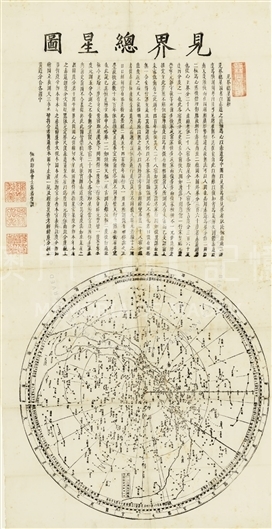
Informações relevantes
Data de atualização: 2020/09/08


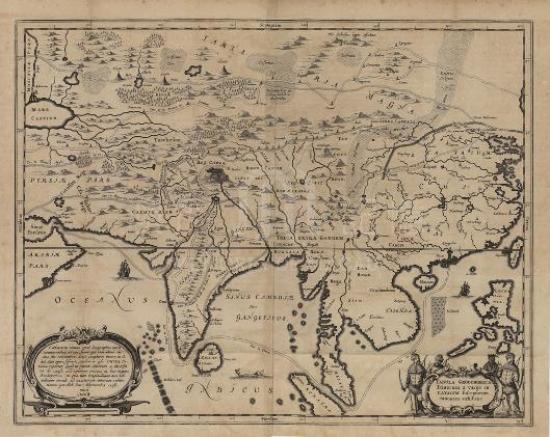
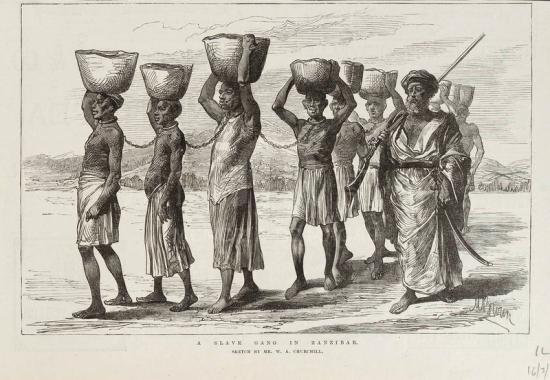



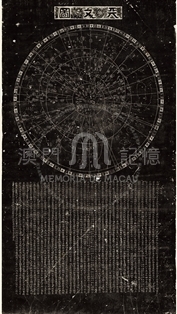
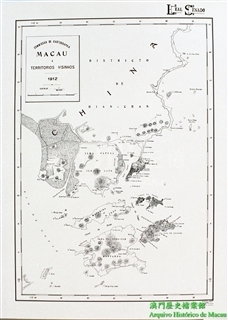


Comentários
Comentários (0 participação(ões), 0 comentário(s)): agradecemos que partilhasse os seus materiais e histórias (dentro de 150 palavras).